
The completed Virgin Orbit LauncherOne rocket hanging from the wing of Cosmic Girl, a special Boeing 747 aircraft that is used as the rocket's "flying launch pad".
Credit: Greg Robinson/Virgin Orbit via AP
‘Release, release, release”, said the mission controller, as LauncherOne, the 70ft rocket emblazoned with the Virgin logo, dropped from under the wing of Cosmic Girl.
The Boeing 747 had soared from its base in the Mojave desert to a height of 35,000ft to perform Virgin Orbit’s first successful aircraft-launched rocket mission, delivering 10 one-kilo “cubesats” into low orbit.
For Dan Hart, its chief executive, the launch was particularly tense. “I had never been in the countdown room on my own,” he says, after Covid forced Virgin’s teams to maintain maximum social distance.
The successful launch in January, after an earlier failed attempt that saw Virgin’s rocket plunge into the Pacific Ocean, was a major step forward in a push to make a commercial success of “horizontal” rocket launches – fired from a moving aircraft rather than a launch pad on the ground.
But Virgin Orbit is not alone. Around the world, a host of new players, including in the UK, are joining the effort to commercialise “air-to-orbit” rocket launches.

Virgin Orbit Boeing 747-400 rocket launch platform in flight with LauncherOne
Credit: Matt Hartman/AP
The technique involves jettisoning rockets from a traditional aircraft at high altitude which then boost themselves into orbit. Supporters claim the technology could offer a flexible, cheaper alternative to the more traditional rockets being built by SpaceX, the company founded by Elon Musk that is now worth $74bn (£53bn).
Spun off in 2017 from Virgin Galactic, Sir Richard Branson’s $12bn space tourism business, Virgin Orbit is the most prominent horizontal launch company so far. It relies on a 747 jetliner, while Virgin Galactic uses a space plane dropped from a twin-fuselage mother ship.
Investors have gained a taste for the lucrative market in small satellite launches, which is expected to be worth nearly $500bn by 2028, according to satellite experts EuroConsult.
Demand for launch systems is booming. Elon Musk is planning to put up 12,000 Starlink broadband satellites, most of them through his SpaceX rocket firm. Amazon is planning a vast low-orbit broadband network of 3,000 satellites worth $10bn. The UK’s OneWeb, which is backed by the UK government, hopes to put up 650.
OneWeb _ Low orbit Satellites
On Feb 2, Astra, a rocket start-up with one launch to date went public via a merger with a SPAC, a special purpose acquisition company, in New York at a $2.1bn valuation, with $500m in cash to spend.
But some investors see an advantage in using plane-based rocket launches to take a slice of this market. Bill Blain, head of strategy at Shard Capital and adviser to Astraius, a British rival to Virgin Orbit, says: “The advantage to launching from an aeroplane is you can fly that plane anywhere. You are not wasting fuel getting it into specific orbit.” It also bypasses weather systems that can scupper launches from the ground.
Virgin Orbit is hunting for $200m at a valuation north of $1bn. Branson has said he would consider going public via a SPAC. He told CNBC last month: “We are now at a stage when we want to ramp things up. Whether we do a SPAC one day, we loved the experience of the SPAC with Virgin Galactic.”
Air-to-orbit rocket launches, though rare, have been possible for decades. As early as 1967, air force pilot William Knight reached the edge of the Kármán line, the outer edge of space, in a rocket plane launched from the underside of a B-52.
Planes were later used to launch the Pegasus rocket carrying low orbit payloads. Northrop Grumman’s single Stargazer plane, modified in 1994, launched these rockets from under its hull. In total it has launched 44 rockets and remains active.
Hart, of Virgin Orbit, says the road to its first launch from a retrofitted 747 was tough. After the failure in May 2020, the company had conducted a long investigation, made more challenging by Covid.
“It takes a certain level of tenacity and perseverance to do something new in space. Period,” he says. “You have days of great feelings of success, and you have days of failure.” The company dropped tools and helped by building ventilators at the peak of the first wave.
“By December, we were ready with a new rocket,” says Hart. “But we were impacted by Covid heavily and had to stand down. With contact-tracing, four cases quickly became dozens. By January, we got back and just had the perfect day.”
While most of the work so far has been in the US, horizontal launch technology has garnered particular interest from the UK space sector.
In Newquay, Spaceport Cornwall is refitting the local airport for launches by Virgin Orbit’s Cosmic Girl 747.

Sir Richard Branson is banking on air-to-orbit technology
Credit: Dan Callister
Melissa Thorpe, head of Spaceport Cornwall, says: “We are at the stage of moving from planning to delivery to get ready to launch early next year.
“The Virgin Orbit model means they can be a mobile launch platform and take the launch to their customer base.”
And now it is not just Cornwall that is preparing for take off. Astraius, a new UK venture founded by Navy and Fleet Air Arm veterans, is hoping to deliver launch capability from Scotland as soon as 2023. It could signal the start of a domestic space race to air-to-orbit launches.
“We are bringing the UK sovereign launch capacity for the first time,” says Kevin Seymour, a former Harrier jet pilot and Astraius’s chief executive. “We will be supporting the wider space ambition for the UK. 40pc of small satellites are being built in Scotland and we can plug into that.”
Rather than launching under wing like Virgin Orbit, Astraius says its rockets will be dropped out of the back of C-17 cargo planes, which require no modification, at high altitude. These rockets then drop on a parachute before blasting off. It is planning to raise £50m from investors to bring its technology to Scotland.
It is not an entirely new idea, although it has not been commercialised before. The US military has used C-17s as a launch pad for rockets in the past.
The hope for Astraius is that a UK company can make air-to-orbit work more cheaply than Virgin Orbit, which currently only has one suitable plane.
While air-to-orbit technology promises a swift route to a sovereign launch capability, not everyone is convinced. One industry source says: “In theory it is fine, but what is going to be the maximum payload?”

Elon Musk has been an outspoken critic of air-to-orbit technology in the past
Credit: STEVE NESIUS/REUTERS
Another industry expert says: “Do the gains offset the losses? The losses in the Virgin system includes the rocket being dropped, and so igniting from a position where it is falling, using significant propellant to reorient itself.”
Regardless, in Newquay, Spaceport Cornwall secured £20m in public funding in 2019, including £7m for Virgin Orbit. The space cluster is hoping to create 150 direct jobs for the local area, as well as 240 other roles.
Rob Adlard, of UK rocket company Raptor Aerospace, complains: “It’s difficult to watch the government spending millions of funding for an American company, when there isn’t any support like that for a UK company such as us.”
Virgin Orbit is targeting a price of $12m per launch, which could deliver several satellites in a 500kg (1,100lb) payload. Astriaus says its rockets will carry up to 800kg payloads.
While neither is likely to rival SpaceX very soon, air-to-orbit ventures are being fuelled by governments wanting their own routes into space.
Musk vs Bezos
Chris Skidmore, the former UK space minister, told a debate in Parliament earlier this month: “There is a huge issue of sovereignty that we need to tackle when it comes to the UK space industry.”
Virgin’s Hart says the system is developing at a time when future “space conflicts” look closer to reality than science fiction. Nations want to have capacity to respond “quickly and unpredictably”.
Astraius’s Seymour says the UK needs its own rocket launching capability.
“We can deliver for the customer from an airport in Scotland or wherever.We can take the asset as far as it needs to go with mid-air refuelling, even down to the equator.”
The new space race may be cheaper, but the stakes are no lower.









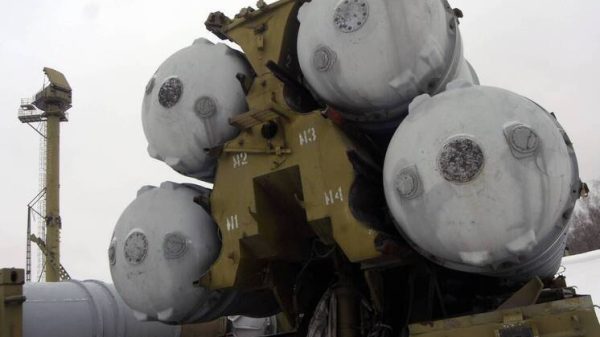

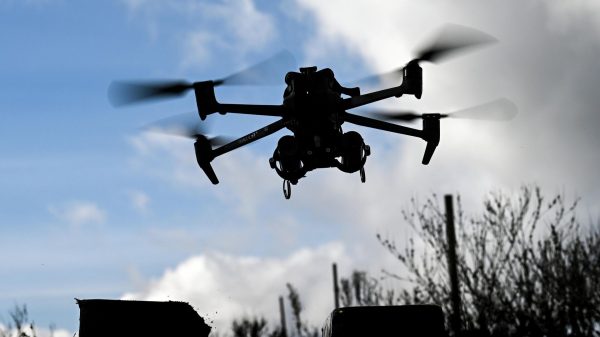



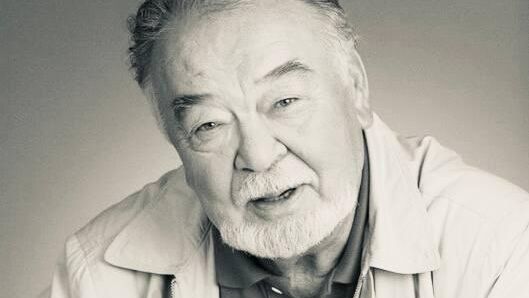


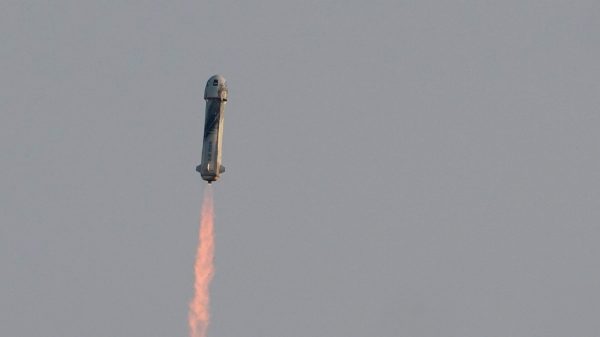


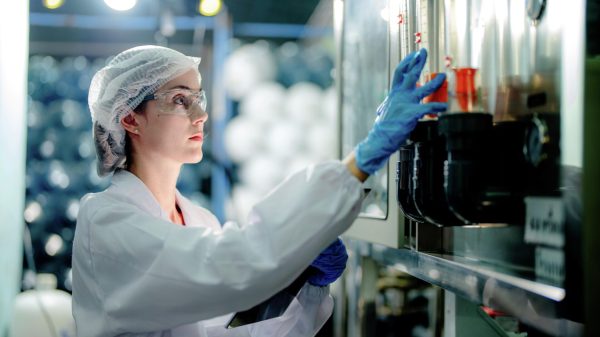










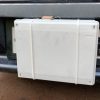
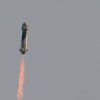


















Свежие комментарии